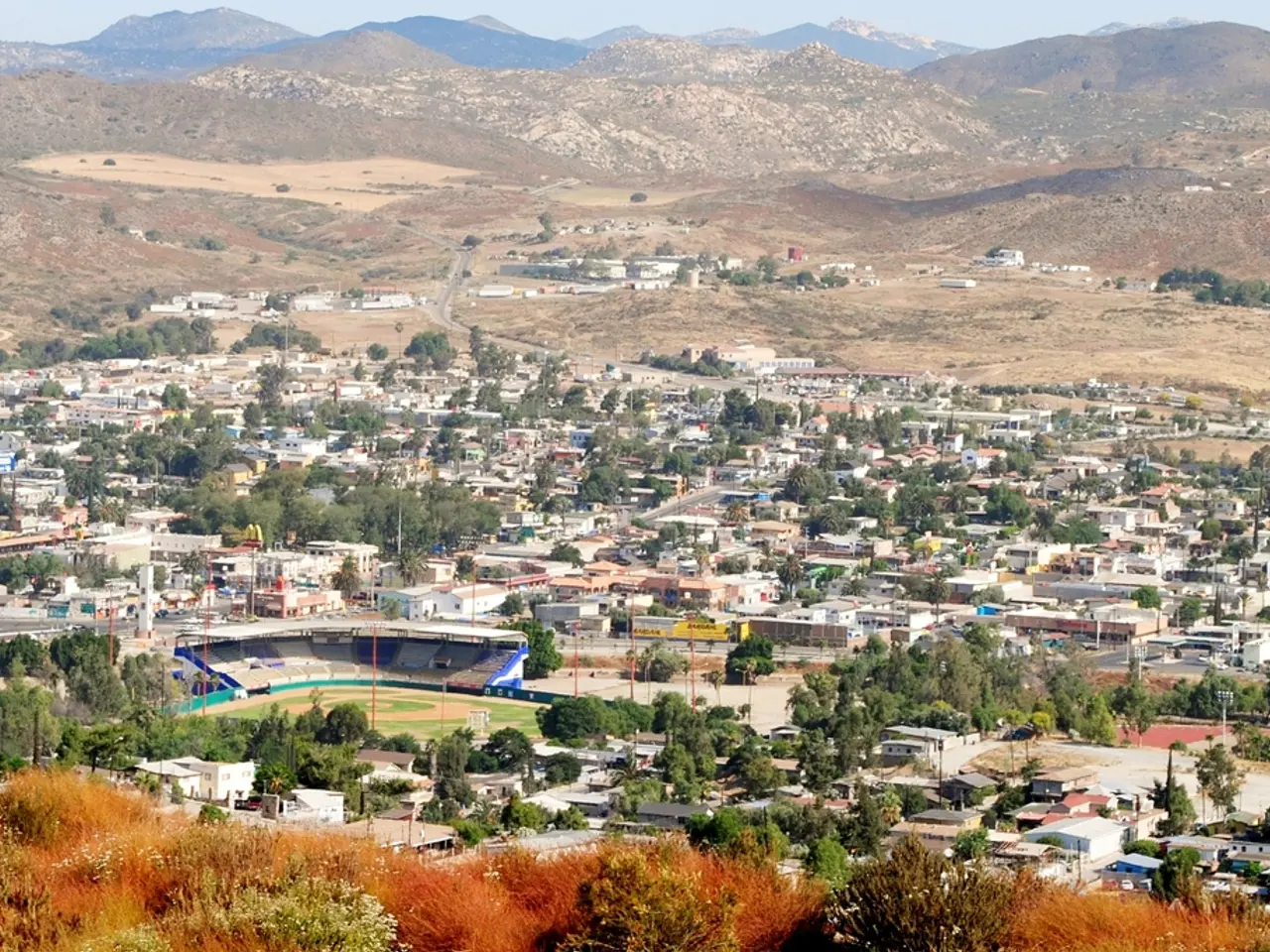Focus on Urban Dwelling! Exploring the Benefits of Multi-Unit Residential Development Across North America
From Single-Family Homes to Multi-Family Apartments: A Shifting Landscape in Suburban North America
The landscape of suburban living in North America is undergoing a significant transformation, as the traditional preference for single-family homes gives way to a growing demand for multi-family apartments. This shift, driven by a combination of economic, demographic, and lifestyle factors, is reshaping housing patterns, urban development, and societal dynamics.
Economic Factors
Rising costs and affordability challenges are pushing demand towards more affordable housing options. High home prices, interest rates, and construction costs have made homeownership less accessible for many, particularly millennials. Restrictive zoning regulations, building codes, and expanding mandates further increase construction expenses, limiting the supply of new single-family homes [1][4].
Demographic Changes and Preferences
Population growth and evolving preferences are also contributing to the shift. The pandemic has led to an increase in household formation, as people move out from shared living arrangements to independent households. This growth, combined with a preference for housing that offers proximity, convenience, and affordability, is driving demand for multi-family dwellings [1][3].
Regulatory Constraints and Zoning Changes
Traditionally, suburban areas have been zoned for single-family homes, limiting density. However, faced with housing shortages and affordability crises, some suburban areas are reconsidering these zoning laws to allow for multi-family housing and maximize land use efficiency [1][4].
Remote Work and Suburban Growth
The rise of remote work has led to an increase in suburban population growth, as people seek larger living spaces with yards and home offices away from urban cores. This trend has raised demand for both single-family and multi-family homes in suburban markets [2].
Consequences of the Shift
The surge in multi-family housing construction is responding to strong demand, with rents reaching record highs due to demand outstripping supply. However, this trend also poses affordability challenges, especially in popular suburban regions [1][3].
The shift towards multi-family housing is changing the character and infrastructure needs of suburban neighborhoods, potentially leading to more mixed-use, walkable communities [1][4]. This transformation also influences social dynamics, as multi-family housing can promote inclusivity and accommodate a wider range of household types compared to predominantly single-family suburbs [1].
However, increased density may strain existing infrastructure and services if not managed properly. It is crucial for urban planners to address these challenges to ensure a smooth transition and maintain the quality of life for residents.
In conclusion, the shift towards multi-family housing in suburban North America is a complex and multifaceted phenomenon. Economic constraints, demographic changes, regulatory impacts, and lifestyle trends are converging to drive this transformation, resulting in higher-density developments that address housing affordability and supply but also bring new challenges related to urban planning and market pressures [1][2][3][4][5].
The white flight phenomenon occurred in the 1970s and '80s, as white middle-class residents moved to newer suburbs to escape social tensions.
Redlining, the practice of denying mortgages to minority populations, has had lasting effects on housing patterns in the US.
Redlining and white flight have led to segregation between white residents and residents of color in suburbs.
- The rising trend of multi-family housing in suburban North America also highlights the growing interest in urban living, with fashion-and-beauty stores, food-and-drink establishments, and home-and-garden shops becoming increasingly common in these areas, catering to diverse lifestyles.
- As the shift towards multi-family housing continues, relationships between residents, both within and across different apartments, are becoming more important for community building. Shared spaces, community events, and neighborhood engagement programs can help foster a sense of belonging in these densely populated areas.
- With an increase in remote work driving suburban growth, sports facilities may need to adapt to cater to the changing demographic. Multi-purpose sports facilities offering a variety of activities such as fitness classes, ball courts, and walking trails can help address the health and wellness needs of suburban communities.





